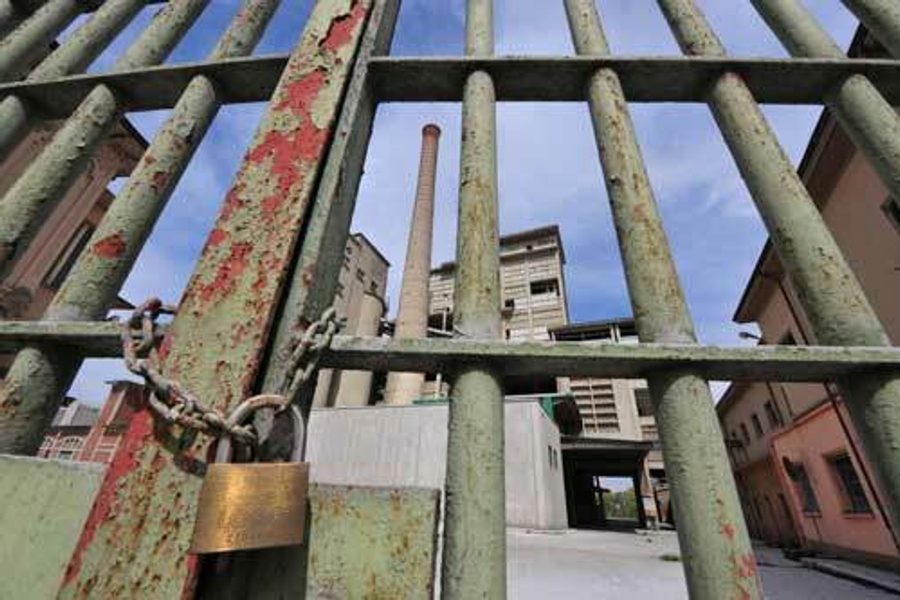
When the facts don’t fit the frames, the frames are kept and the facts ignored, progressive linguist George Lakoff warns us in his book, Don’t Think of An Elephant.
For example, when I tell my long-time friend Craig (not his real name) about corporate America’s latest arbitrary job-destroying outrage, my friend — who’s a retired professor — merely shrugs.
While Craig has been a deeply committed progressive for decades, he nonetheless has a big blindspot about the plight of industrial workers, whom he views as the soon-to-be-extinct survivors of a long-past industrial era.
(Fortunately, an increasing percentage of white-collar workers have become aware of the human damage wrought by shutdowns and the outsourcing of both white-and blue-collar jobs, as shown in a host of recent polls.)
Still, as brilliant as my friend Craig is, his thinking is constricted by an utterly baseless but potent “frame” about de-industrialization. This frame has been reiterated endlessly by CEOs, public officials and the corporate media, and unconsciously absorbed by people like Craig.
‘CREATIVE’ DESTRUCTION?
My friend essentially buys into famed economist Joseph Schumpeter’s notion of capitalism as a system of “creative destruction.” Old physical and social structures are leveled to make way for more efficient and profitable new forms of production, in Schumpeter’s view.
However, the latest phase of capitalism would more properly be labeled “destructive destruction.” We are currently witnessing the closings of highly profitable, technologically-advanced factories.
America’s productive base is being dismantled because higher profits can be obtained by taking productive capacity out of operation or from investing in exotic Wall Street paper. Once-vital communities wither, and workers are forced into an insecure rat-race to save their homes and feed their families.
Despite the current economic crisis stalking the nation, much of the public doesn’t fully recognize this trend of profit-driven job destruction. As Lakoff noted, when realities refute a deeply-held mental “frame” through which an individual perceives an issue, too bad for reality.
Even in the 1980s, it was clear to not only most workers but also some business professors that corporate America was needlessly shutting down efficient plants. Business professor Roger Schmenner, then at Duke University, examined more than 170 plant closings and came up with some startling conclusions in a 1988 Harvard Business Review article.
Schmenner’s article noted, “In the common view, most factories that close are ancient, multi-story rattletraps victimized by militant, uncompromising labor unions.
“While it is true that factories like that have been closed, the reality is markedly different and more disturbing,” Schmenner stated.
Among Prof. Schmenner’s most crucial findings:
- “The average age of a factory at closing was 19.3 years….”
- “A third of the factories were not more than six years old.”
- “Two thirds were constructed with only one story (the preferred model for modern production facilities.)”
- “Militant, uncompromising [union] attitudes or a history of work stoppages plagued fewer than 20% of the plants closed.”
Concluded Prof. Schmenner: “This surprising picture of plant closings may be an indictment of management practices.”
Unfortunately, labor never effectively pressed that indictment of corporate practices, reflecting labor’s timidity and ineffectiveness in telling its story.
Without labor taking an aggressive role in educating the public, we still confront substantial numbers of people who are immobilized by their belief that the newest wave of plant closings are simply the result of a natural and unalterable aging cycle rather than a vicious and utterly destructive new phase of capitalism.
This week, I contacted Prof. Schmenner, now a dean at Indiana University, to see if he had by any chance updated his study. But his research focus has changed, and he did not know of any more recent studies on this issue of the age and conditions surrounding plant closings. My Internet searches also yielded no new comparable studies.








